Samsung Introduces 64 Megapixel Camera Sensors For Smartphones
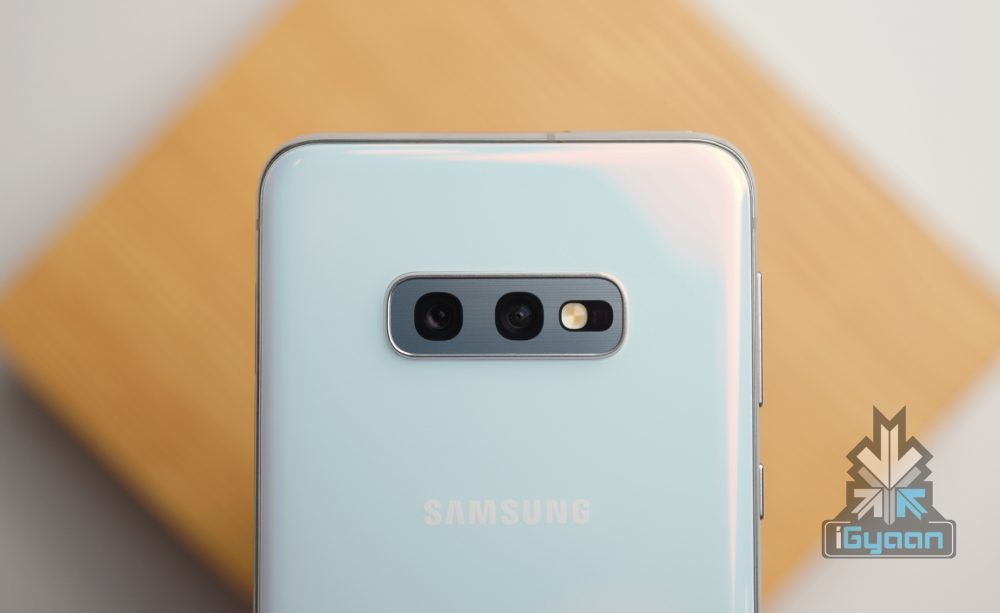
South Korean technology giant Samsung is planning to make a bigger impact on the smartphone camera market this year. On the 9th of May 2019, the company announced its upcoming 64 megapixel ISOCELL Image Sensors that will reportedly be the highest resolution sensor in a smartphone camera. As per the company, the new sensors will enable users to capture vibrant high-res images.
Samsung ISOCELL GW1 Image Sensor Features
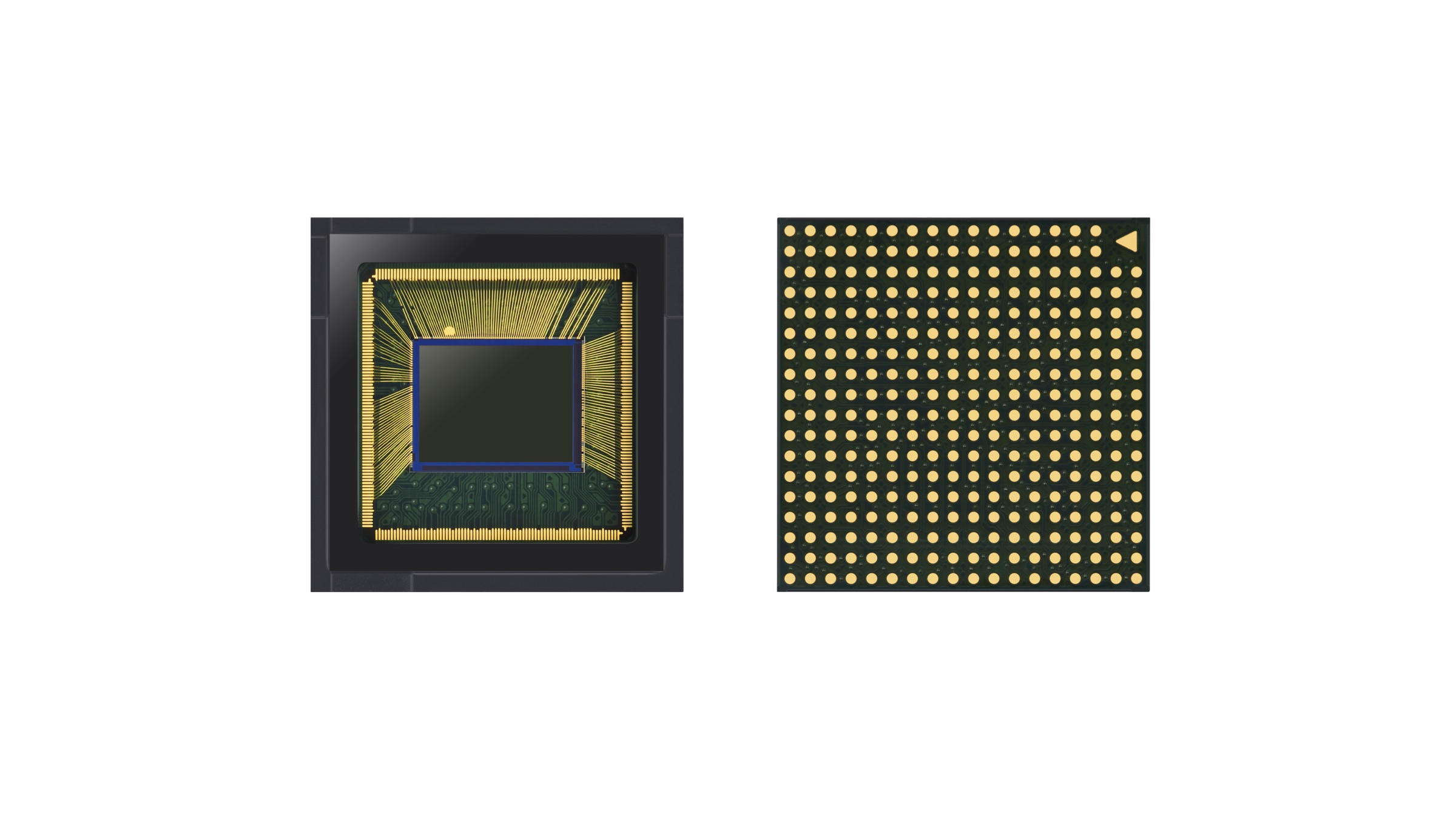 Samsung Electronics introduced a total of two new 0.8? (micrometre) pixel image sensors. One is the 64 megapixel ISOCELL Bright GW1 sensor and the other is the 48 megapixel ISOCELL Bright GM2. Samsung claims that its 0.8? (micrometre) pixel size is currently the smallest in the world, and this expansion in the lineup will also be incorporated in existing 20 megapixel sensors, all the way up to high-resolution 64 megapixel sensors.
Samsung Electronics introduced a total of two new 0.8? (micrometre) pixel image sensors. One is the 64 megapixel ISOCELL Bright GW1 sensor and the other is the 48 megapixel ISOCELL Bright GM2. Samsung claims that its 0.8? (micrometre) pixel size is currently the smallest in the world, and this expansion in the lineup will also be incorporated in existing 20 megapixel sensors, all the way up to high-resolution 64 megapixel sensors.
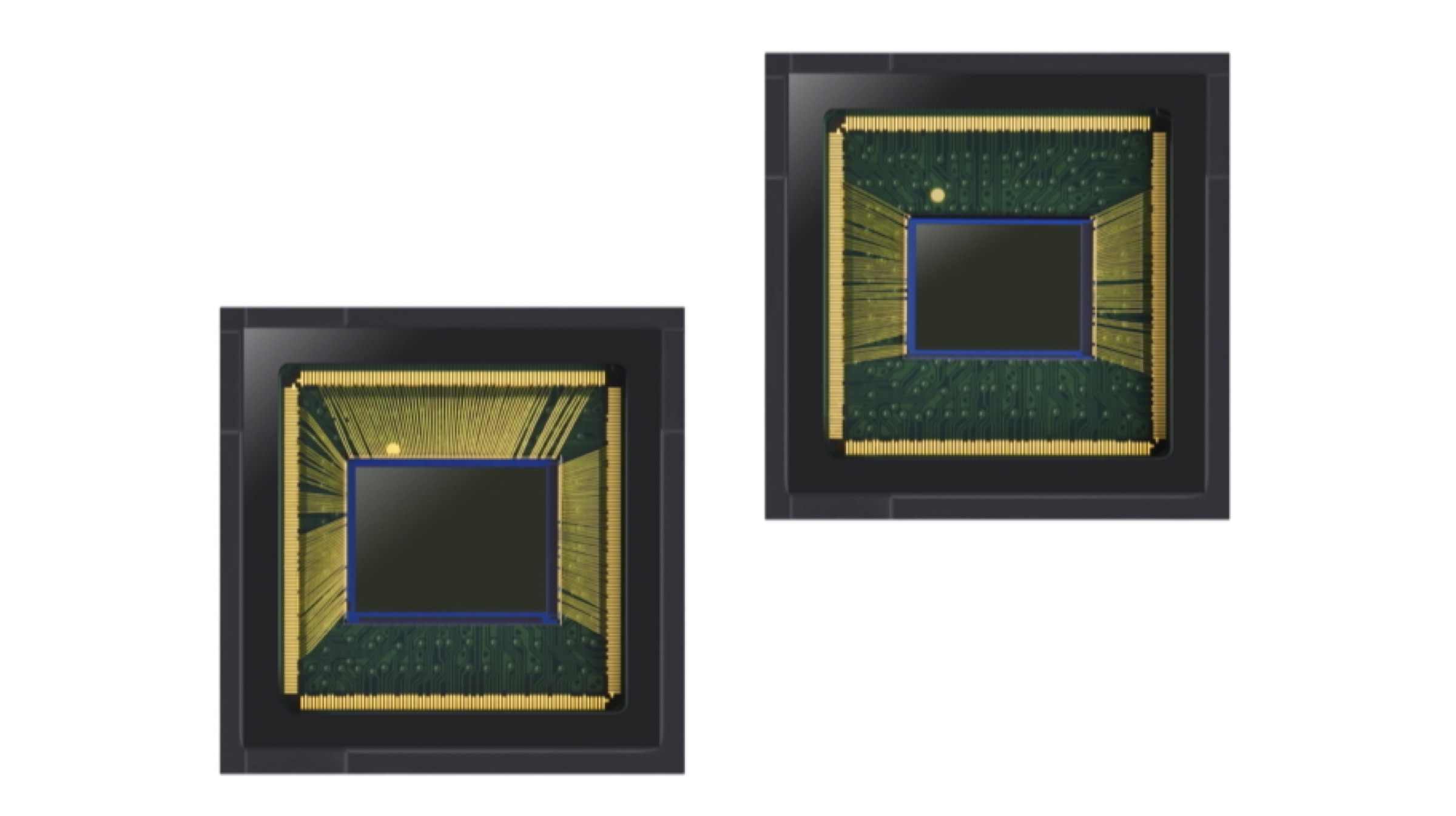 As stated by the Executive VP of the company, Samsung’s new advanced pixel technologies will enable considerably thin devices to house top-of-the-line image sensors so as to enhance the level of photography. The South Korean company claims that its 64 megapixel image sensor features Tetracell technology (where four pixels are merged to work as one to increase light sensitivity) and the Remosiac algorithm (which is used to generate full resolution images in bright light conditions). Furthermore, the sensor is claimed to support HDR (High Dynamic Range) of up to 100 decibels.
As stated by the Executive VP of the company, Samsung’s new advanced pixel technologies will enable considerably thin devices to house top-of-the-line image sensors so as to enhance the level of photography. The South Korean company claims that its 64 megapixel image sensor features Tetracell technology (where four pixels are merged to work as one to increase light sensitivity) and the Remosiac algorithm (which is used to generate full resolution images in bright light conditions). Furthermore, the sensor is claimed to support HDR (High Dynamic Range) of up to 100 decibels.
Samsung ISOCELL GM2 Image Sensor Features
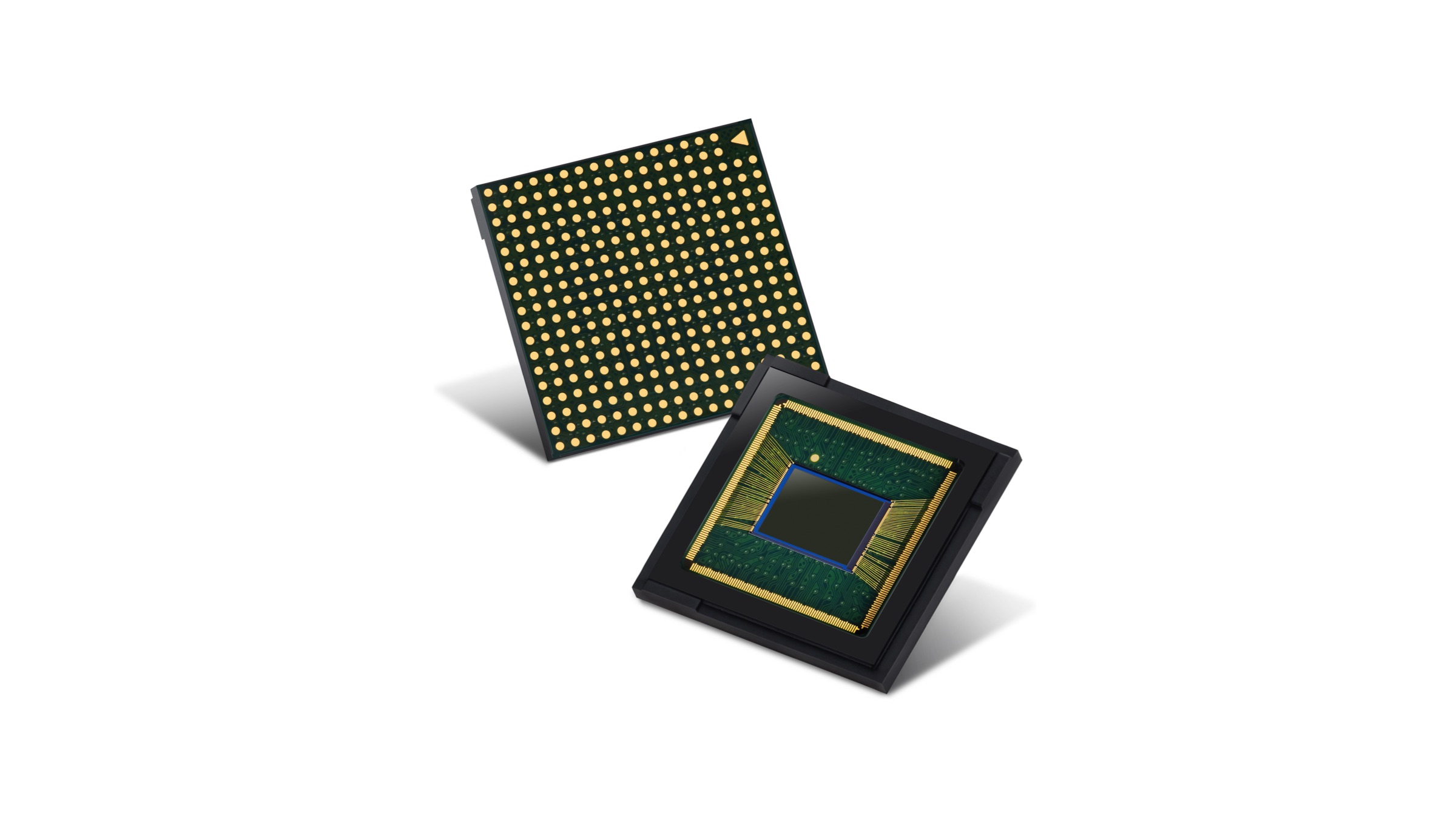 As mentioned previously, the second announcement by the company is the ISOCELL Bright GM2 48 megapixel image sensor, which adopts similar technologies to the ISOCELL Bright GW1 sensor. Additionally, both the sensors sport DCG (Dual Conversion Gain), which covers the light received into an electric signal which is dependant on the illumination of the surroundings.
As mentioned previously, the second announcement by the company is the ISOCELL Bright GM2 48 megapixel image sensor, which adopts similar technologies to the ISOCELL Bright GW1 sensor. Additionally, both the sensors sport DCG (Dual Conversion Gain), which covers the light received into an electric signal which is dependant on the illumination of the surroundings.
Also Read: Asus Zenfone 6 Case Renders Surface Online With Dual Rear Cameras
Samsung says that the ISOCELL Bright GW1 and GM2 are currently undergoing testing and will be available via mass production later in 2019. This implies that smartphones that launch in the early 2020s may boast of Samsung’s new sensors.
















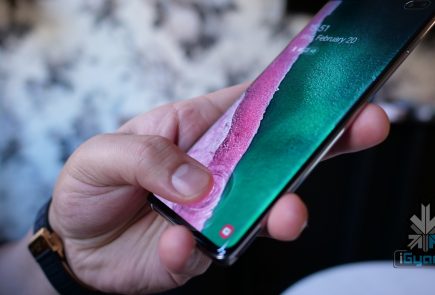
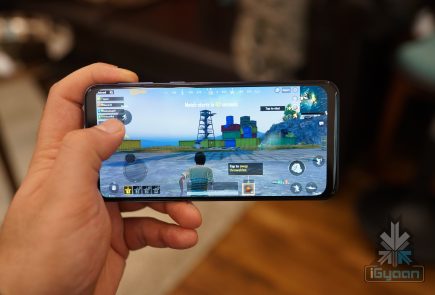
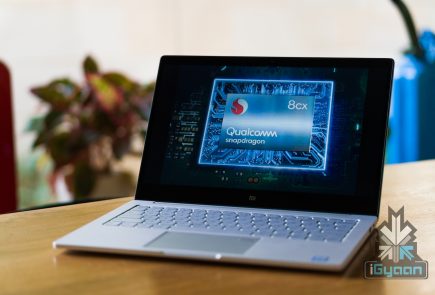
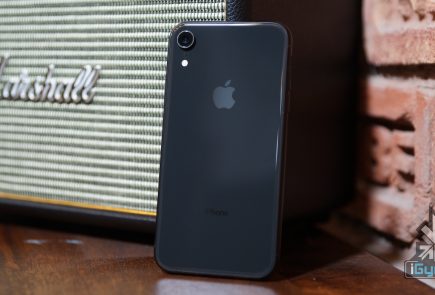

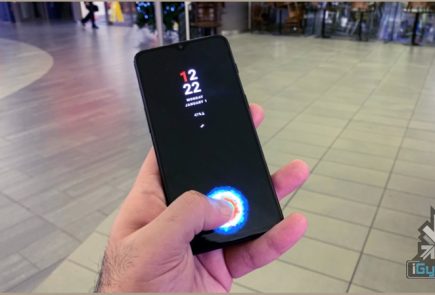


 . Thou
. Thou
 ! For i
! For i